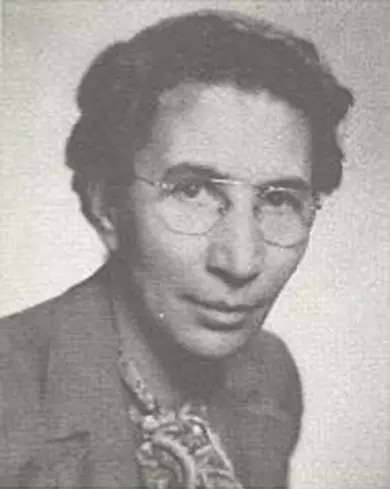 Josina Lott
Josina Lott
Exhibit Gallery
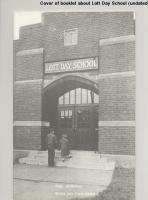




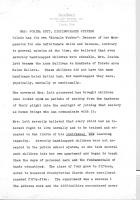




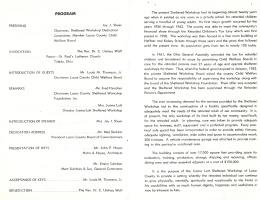
By Mary Koslovsky (July 2004) and Cathy Seitz Whitaker (August 2005)
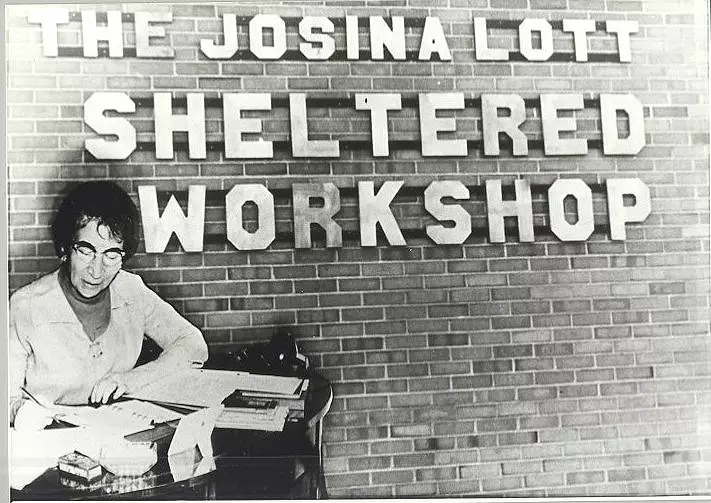 Josina Lott with Sheltered Workshop sign
Josina Lott with Sheltered Workshop sign
Josina Lott, Part I: Lott Day School
Josina Jones Lott believed that every child, regardless of physical or mental limitations, had ability and could learn. She began Lott Day School in her apartment in September of 1938. Mrs. Lott had seen children turned away from the public schools because parents were told that there was no place for them in the classroom. She was determined to educate every child in the basics of “…the alphabet, reading, and simple arithmetic.” Her school started with one student and quickly grew to fifteen as word of her work spread within the community. The pastor of nearby Rosewood Presbyterian Church invited her to use the Sunday school rooms in the basement of the building to accommodate the increasing enrollment. After five years, the school grew to fifty-five pupils and had outgrown the church basement.
Mrs. Lott gained the support of a small group of influential people, who became the first Board of Directors of Lott Day School in 1945. The school was legally incorporated in 1946 and rented a former school building located at Heffner and Kelsey Streets. At some point after moving into the new building, Mrs. Lott asked the school auxiliary for $170 to start a sheltered workshop for students who had reached their limit of academic achievement but were unable to work and help support themselves. This was one of the first vocational programs in the United States aimed at training young adults in skills that would allow them to work and earn a living, thus becoming more independent members of society. It was decided to use the school auditorium as the sheltered workshop room. The workshop continued to grow, and a separate facility was eventually built to accommodate the growing number of trainees. At that time, it was the only workshop of its kind specifically for the developmentally disabled adult that was built with taxpayer money.
In 1951, the Ohio State Legislature recognized the fact that there were no programs in the public schools for the trainable developmentally disabled child. Legislation was passed allowing training classes for these children and placed the administration of such community classes with the Child Welfare Boards. In 1957, a tax levy was passed in Lucas County that included support for Lott Day School. In 1958, the Lucas County Child Welfare Board took over the financial control of the school. It was renamed Heffner School, but Josina Jones Lott remained principal of the school and the sheltered workshop.
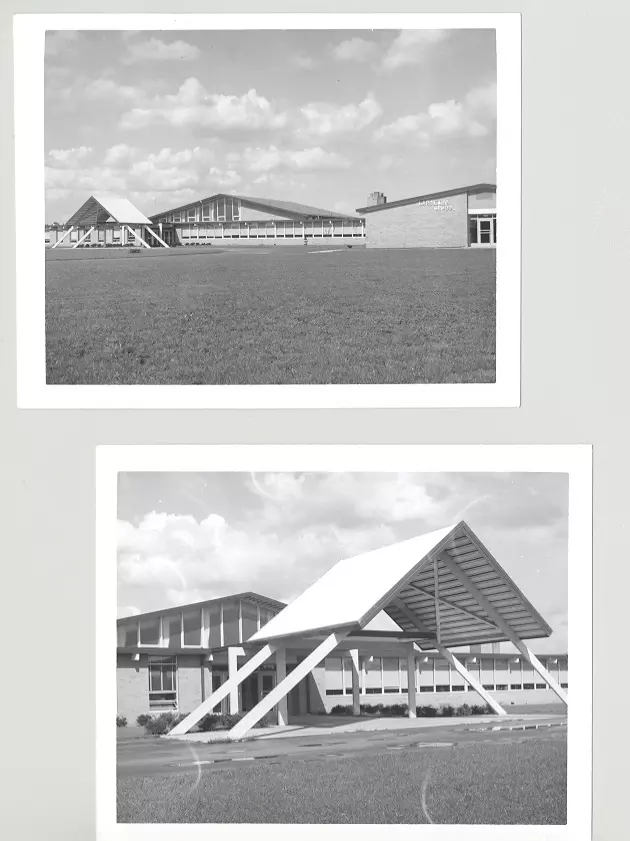 Photos of the Larc Lane School
Photos of the Larc Lane School
When Lott Day School merged with the Lucas County Child Welfare Board, services for developmentally disabled children expanded through the building of Larc Lane School and the opening of Tracy School in a former Toledo Public School building. A growing awareness of the need for such specialized services resulted in the passage of a countywide tax levy in 1959 that would provide education and training to developmentally disabled children in Lucas County. With new funding came the building of the Larc Lane School, the use of other buildings in the county, and developing diversity in the services that were provided (e.g. summer camp and a residential camp). Federal grant money was obtained that also helped expand services to residents of Lucas County.
What Josina Jones Lott began in 1938 has grown into a multi-organizational approach to helping mentally and physically challenged individuals. Northwest Ohio now has many organizations, such as the Lucas County Association for Retarded Citizens, the Lucas County Board for Mental Retardation and Developmental Disabilities, Lott Industries, and the Northwest Ohio Developmental Center.
Mary Koslovsky, July 2004. This exhibit is drawn from material in the Josina Lott archives of the Ward M. Canaday Center of the University of Toledo. [MSS-186 Collection finding aid]










Josina's Life
Josina Lott Portrait (left); Josina Lott with Workshop Sign (right)
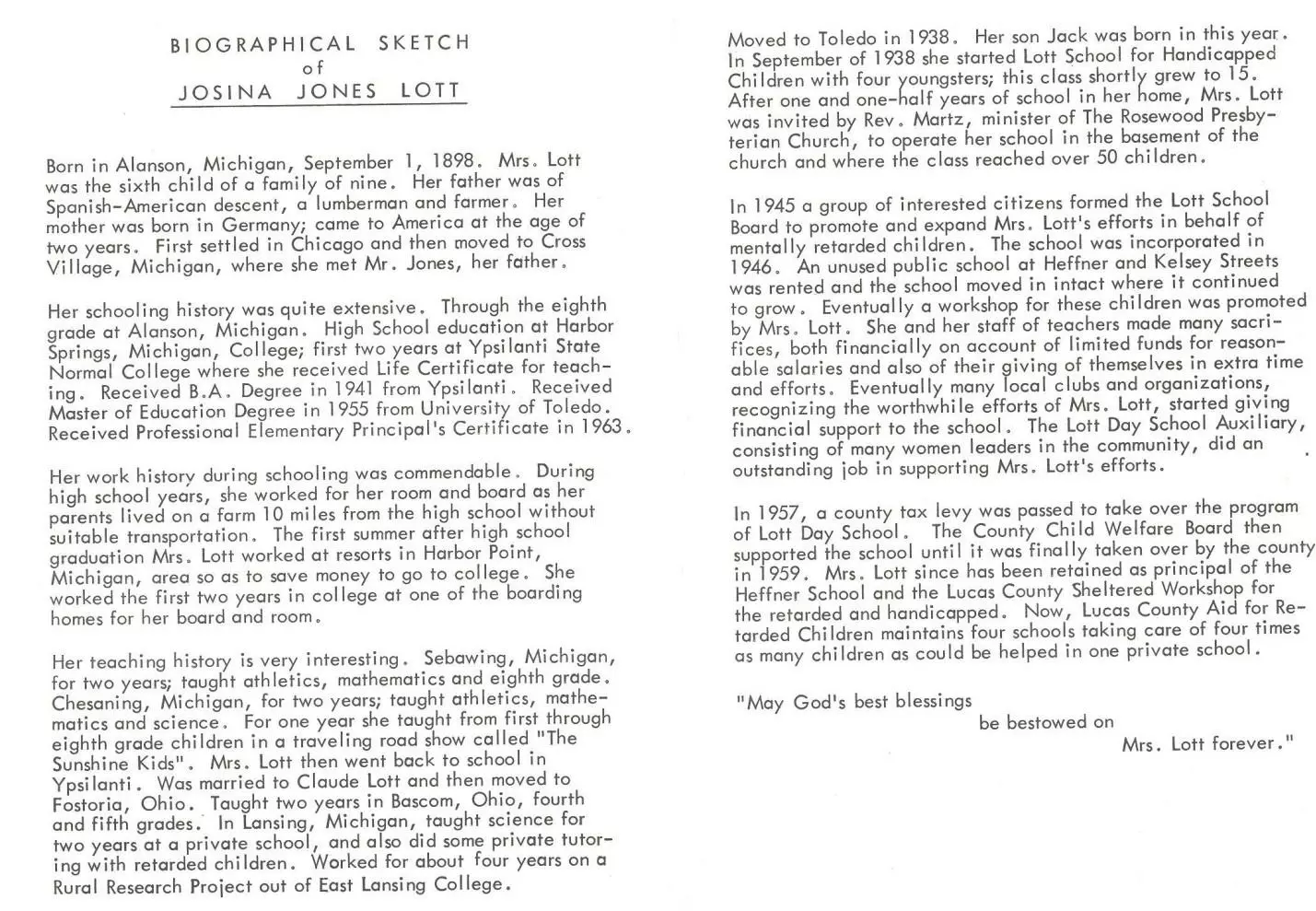 Biographical Sketch of Josina Jones Lott
Biographical Sketch of Josina Jones Lott
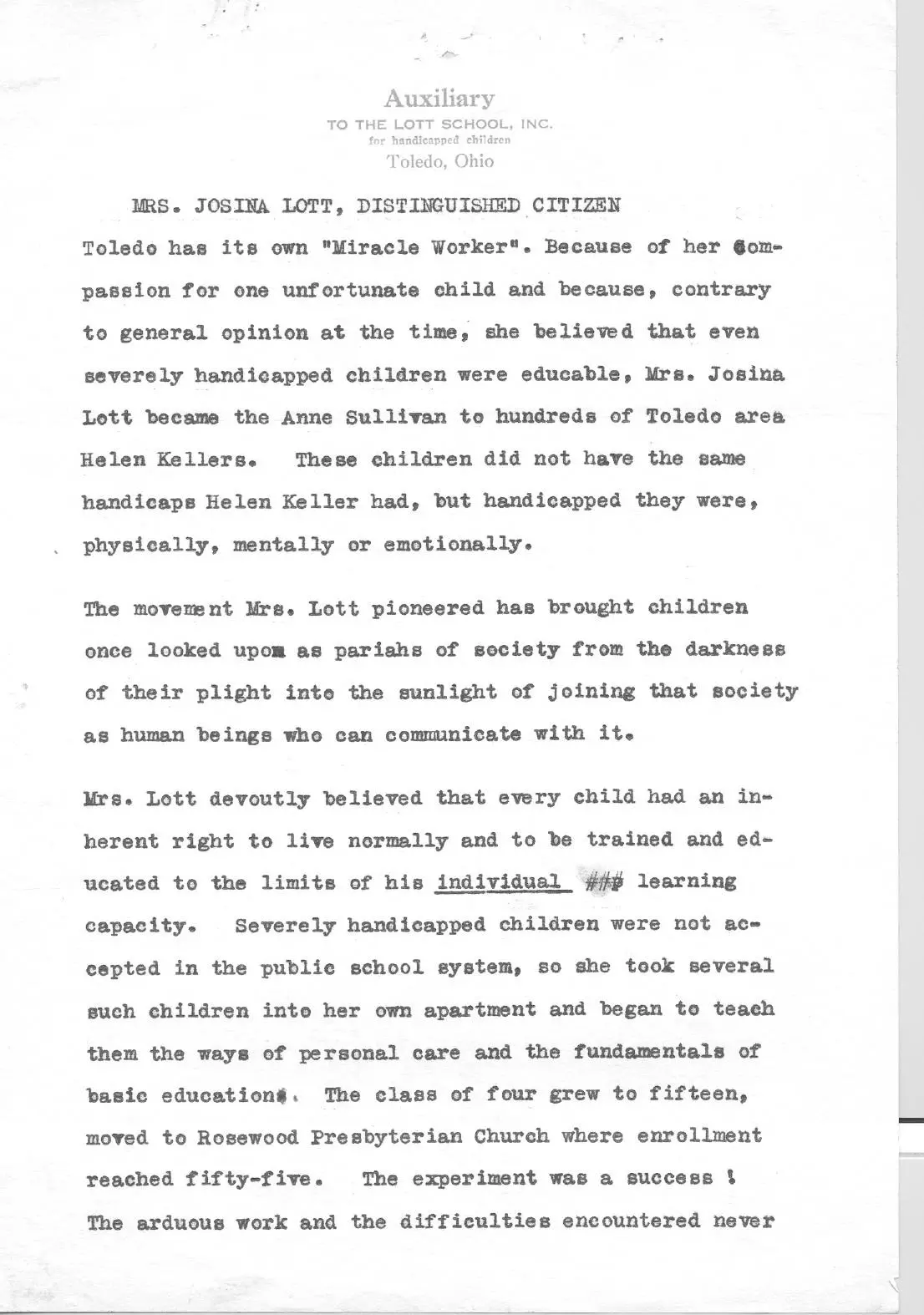 Citation of Josina Lott as Distinguished Citizen
Citation of Josina Lott as Distinguished Citizen
A Brief Note Concerning Terminology
Some words once used to describe mental disabilities are now considered distasteful or offensive. Older items in this exhibit use them routinely. The imprecise chronology below shows how terminology has changed over time. Professionals continue to be concerned with using accurate and respectful nomenclature. The February 2002 issue of Mental Retardation is devoted to a symposium discussing the merits of changing its parent’s name from the American Association on Mental Retardation to the American Society on Intellectual Disabilities. Many point out that terms we now find offensive were initially benign, and that any new term will acquire a stigma as long as we devalue the individuals associated with it.
Definition of "mental retardation" by the current American Association on Mental Retardation: Mental retardation is a disability characterized by significant limitations both in intellectual functioning and in adaptive behavior as expressed in conceptual, social, and practical adaptive skills.
Definition of "developmental disabilities" by the current National Association of Councils on Developmental Disabilities: A developmental disability is a severe, chronic disability that begins any time from birth through age 21 and is expected to last for a lifetime. Developmental disabilities may be cognitive, physical, or a combination of both.
Chronology of popularly used terms
1876
Founding of Association of Medical Officers of American Institutions for Idiotic and Feeble Minded Persons (now the American Association on Mental Retardation or AAMR)
1850-1885
"Feebleminded" was further subdivided into the following groups suggesting severity:
“Idiots” (severe)
“Imbeciles” (moderate)
“ Moron ” (mild)
1895-1905
“Deficient” appears in literature
1906
Association of Medical Officers of American Institutions for Idiotic and Feebleminded Persons changes name to American Association for the Study of the Feebleminded
1933
American Association for the Study of the Feebleminded changes name to the American Association on Mental Deficiency
1930
World Health Association uses term "mental subnormality"
"Feebleminded” falls out of favor and is replaced by “mentally defective" or "mentally deficient”
1946-1950
“Mentally retarded” comes into use, free of stigma, and incorporates the concept of developmental rate
The National Association for Retarded Children is founded in 1950
1987
American Association on Mental Deficiency changes its name to American Association on Mental Retardation
2004
Some argue for replacing "mental retardation" with “intellectual disability", or "cognitive-adaptive disability.” The concept of "disability" is now a functional one stressing the importance of a person's interaction with their environment. Other terms currently used are "cognitive disability," "cognitive developmental disability," "developmental disability," and "cognitive impairment"
Sources:
Scot Danforth, Steven A. Gelb, David Goode, Robert L. Schalock, J. David Smith, and others, "Symposium on "What's in a Name?", Mental Retardation, vol. 40, no. 1, (February 2002): 51-80.


